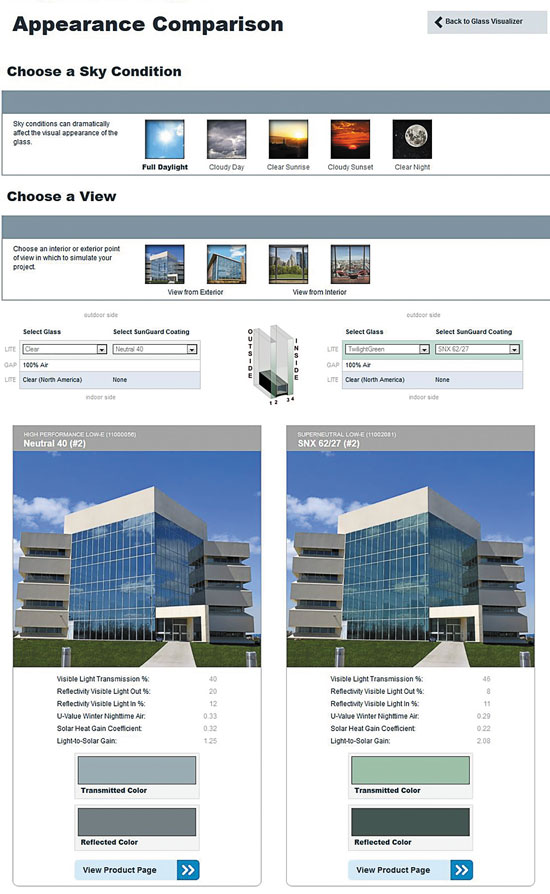Daylighting Design Update
Optimizing Daylighting Design
With an understanding of all of the aspects of daylighting discussed so far, the natural question is how to put it all together for the best results. While each member of the design team will bring their own background, resources, and perspective to the design process, the following guidelines can help to optimize the outcome:
- Design in concert with the rest of the building. Daylighting does not have to be treated as a distinct entity or exercise, but should be approached as an integrated aspect of the total building design. In association with the abundance of interrelated variables, the process will likely be more iterative than linear. The goal is to find the optimal configuration and balance with respect to aesthetics, energy performance, illuminance, and glare mitigation. From a design standpoint, the size, shape, and location of the glazing must be coordinated with the overall exterior and interior designs.
- Design for the climate and site. While repetitive daylighting solutions across projects may initially seem feasible, differing project locations may ultimately require dramatically different design approaches. Disparities between northern and southern climates are clear, yet locations much closer to one another can be subject to starkly different conditions of weather and sunlight exposure. Specifically site-specific influences from surrounding buildings, trees, water, or other features can have dramatic impacts.
- Design for different building sides. Many buildings are being designed with sensitivity to the compass orientation of each facade. This approach recognizes that, in the United States, southern facades often receive greater amounts of sunlight than northern facades, while eastern and western facades may have similar exposure but at different times of the day. Hence the most appropriate design strategies may be for different facade treatments or glazing selections to be implemented on different sides of the building.
- Design with glass. By understanding the different attributes of different glass and glazing products, architects have a broad palette of choices available in terms of color, transparency, and many different types of performance. Glass can help a building to achieve both stunning aesthetics and robust energy performance.
- Design using available resources. Manufacturers can provide very detailed information to fine-tune the glass glazing selection within the overall building design process. Powerful online tools are available to generate robust center-of-glass performance metrics, visualize glazing appearance under a range of real-world conditions, and explore the overall building energy performance. Some even help to facilitate BIM modeling.

Photo courtesy of Guardian
Online tools from glass manufacturers allow architects to review, select, and envision different choices in available glazing products.
Conclusion
Daylighting is a powerful attribute of building design. Understanding and implementing the available resources, principles, and standards in the design process can yield significant results. Daylighting has been shown to help improve indoor environmental quality and energy performance, thus contributing directly to LEED certification. Overall, daylighting helps architects create buildings that are better designed, more appealing to users, and more cost effective to operate.

|
Guardian Industries Corp. |









